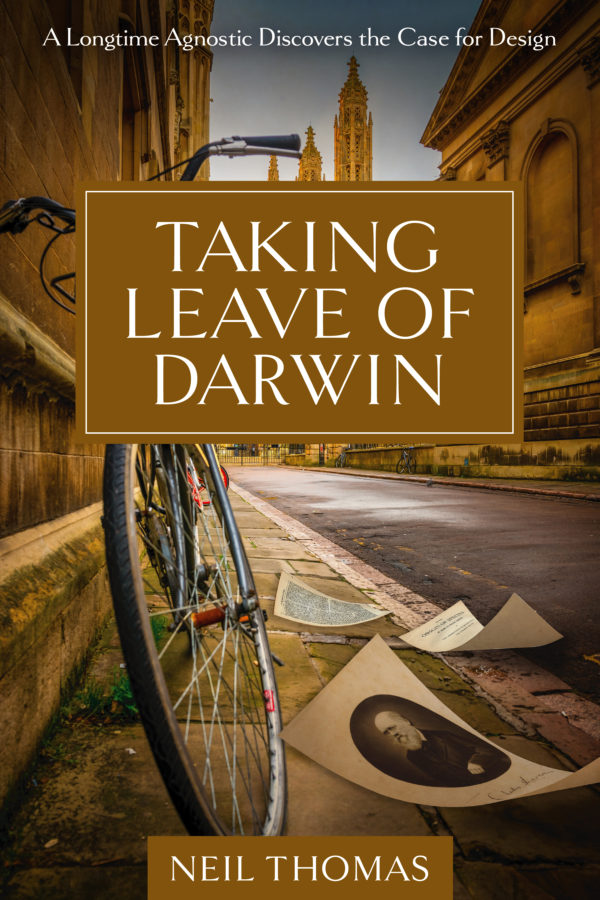
Neil Thomas, author of Taking Leave of Darwin (2021), offers some thoughts on the ultra-famous Miller-Urey experiment, which is supposed to have shown that life can get started sort of accidentally:
As I have suggested already in this series, there undoubtedly was much at stake in the Miller-Urey experiment — considerably more than was realized at the time by those who listened uncritically to Carl Sagan and others with an interest in deceptively boosting the supposed importance of the experiment. Its implicit promise for many observers as well as eager readers of the American and world press would have been that it would extend Darwin’s timeline back to the pre-organic formation of the first living cell, and so establish the fundamental point of departure for the mechanism of natural selection to go to work on. It would also of course have delivered a stunning victory for the materialist position. In the event, though, it succeeded only in dealing a disabling body-blow to materialist notions by giving game set and match to the theistic position. This point has not, to my knowledge, been publicly acknowledged.
Hot Springs, Hydrothermal Vents, Etc.
Most devastatingly for Darwinists, the complete failure of this and more recent experiments to find the origins of primitive life forms in hot springs, hydrothermal vents in the ocean floor, et al., have removed the indispensable foundation for the operation of natural selection. By that I mean that any postulated selective mechanism must obviously have something to select. No raw material means no evolution, no nothing. Without an “abiogenetic moment” Darwin’s entire theory of evolution via natural selection falls flat.
Neil Thomas, “Existential Implications of the Miller-Urey Experiment” at Evolution News and Science Today (April 14, 2022)
Here’s the rest of the series.
You may also wish to read: So life on Earth is even older than we thought? At ScienceDaily: The researchers say that, while some of the structures could conceivably have been created through chance chemical reactions, the ‘tree-like’ stem with parallel branches was most likely biological in origin, as no structure created via chemistry alone has been found like it.